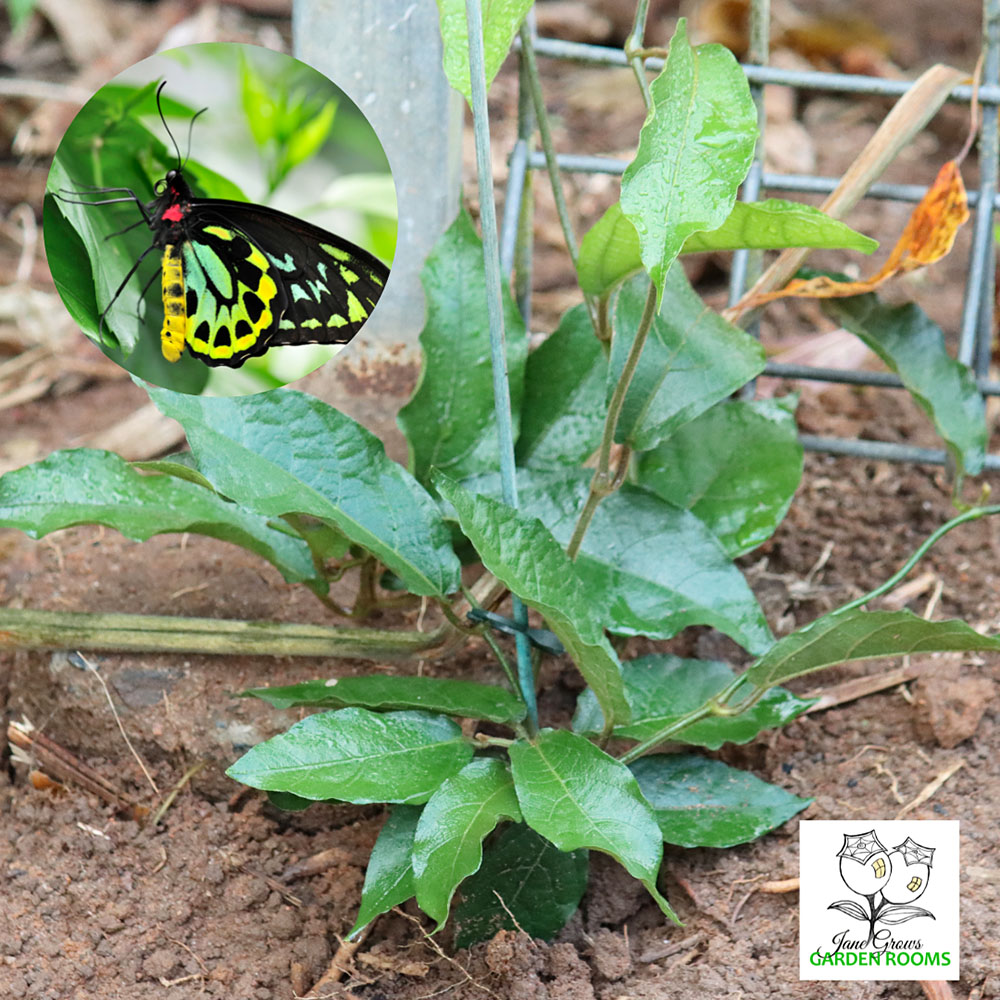
The Richmond Birdwing Butterfly has fluttered through my Tamborine garden a few times, but without its food plant I have no hope of it staying around.
Its food plant (Pararistolochia praevenosa) is commonly known as the Richmond Birdwing Butterfly Vine, and it is listed as “Near Threatened” under the Nature Conservation Act 1992. It was once abundant in the South-East corner but is now difficult to find in the wild. The butterfly and vine now exist in two fragmented populations on the Sunshine Coast and from Ormeau to Tamborine Mountain.
The butterfly is listed as “Vulnerable to Extinction” due to habitat loss and the introduction of the Dutchman’s Pipe Vine (Aristolochia elegans) which is similar to the Richmond Birdwing Butterfly Vine but toxic to the caterpillars of the Richmond Birdwing Butterfly. Unfortunately, the butterfly can’t tell the difference and lays her eggs on the exotic vine.
The vines need a humus-rich, well-drained, moist soil in a shaded or partly shaded position to thrive. A sloped area is ideal. They will tolerate other soil types provided that they are well-drained and remain moist. Mulching is common practice to keep this vine in good condition. It is recommended that they be planted at least a metre from the trunks of trees to ensure that they are not competing for moisture.
It flowers from September to November producing small tubular flowers that are said to look like a Dutchman’s Pipe. It can also be grown with companion vines that are not competitive, such as species from the Wonga vine family (Pandorea sp.). They will also follow a string or rope that leads them into the canopy.
It can be propagated using seeds or cuttings.
Planting this vine in Tamborine gardens, not only restores a plant to its native range but may also help bring the gorgeous Birdwings and other butterflies to your garden!
By Jane Frost
www.janegrowsgardenrooms.garden
Waxing lyrical about building a home for birds, bees and the rest of my family …